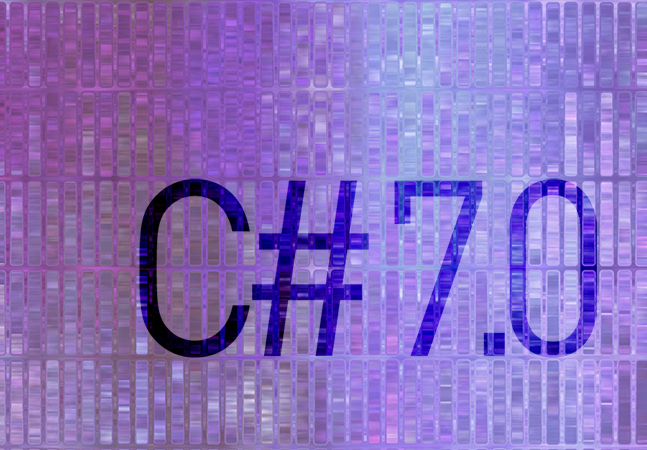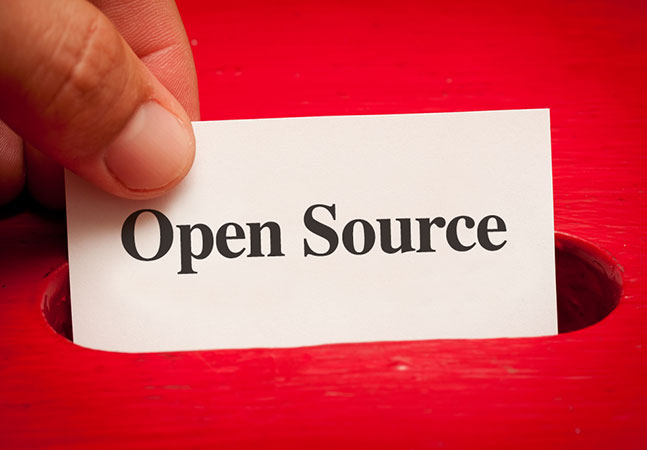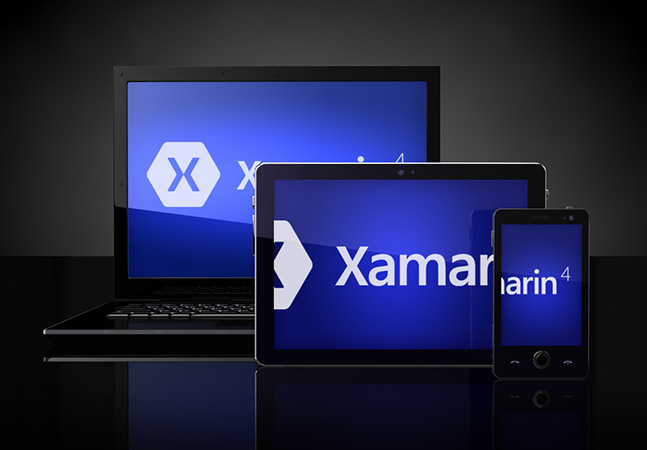
Developer tooling specialist JetBrains is reporting on its new survey that delves into many aspects of software development, including programming languages, wherein it dubbed C# the "most-loved" language according to one metric.

Microsoft introduced a new installer to make it easier to code with the No. 1 programming language, Java, in the No. 1 development environment, Visual Studio Code.

Entity Framework Core 3.0 Preview 6 is out, with the development team including an incomplete LINQ implementation marked by temporary limitations and intentional breaking changes, needed before it proceeds further.

Microsoft shipped ASP.NET Core 3.0 Preview 6, with the red-hot Blazor project getting built-in support for handling authentication and authorization, among other updates.

Aiming for a September general availability release, Microsoft today shipped preview 6 of .NET Core 3.0, with the dev team pretty much finalizing the new feature codebase and beginning a focus on quality, fixing bugs and improving performance.

After hitting version 1.0 last month, Microsoft's open source, cross-platform machine learning framework ML.NET has received its first update, which adds functionality and addresses developer concerns about usability and stability.

Microsoft has shipped Visual Studio 2019 version 16.2 Preview 2, highlighting .NET productivity improvements and other new functionality.

In the move from the ageing, Windows-only .NET Framework to the new open source, cross-platform .NET Core framework, some technologies weren't invited along for the ride, but open source projects may be coming to the rescue.

After previously publishing developer guidance for porting "simple" desktop apps to the new .NET Core platform, Microsoft has just followed up with a two-part post on a more "complicated" project.

Progress announced an update to its .NET-centric Telerik line of development tools that features a new suite to accomodate the red-hot Blazor initiative, which lets coders use C# instead of JavaScript for Web projects.

Risking developer wrath, Microsoft has again changed the Visual Studio Code icon in the May 2019 edition, version 1.35.

Feature requests and reported problems are now exclusively on Developer Community, which features tabs for Visual Studio, Visual Studio for Mac, .NET, C++, Azure DevOps and Azure DevOps Server (TFS).

Less than two weeks after the Release Candidate, Microsoft has shipped the final release of TypeScript 3.5, the increasingly popular programming language that improves upon JavaScript by allowing optional static typing.

New porting guidance targets two groups of .NET developers: those who want just the basics and those who want meatier details for more complex use cases.

Microsoft announced a new data access driver for SQL Server that should be the path forward for data developers in the era of .NET Core.

Microsoft shipped Visual Studio 2019 version 16.1 with a host of new features and enhancements, led by an expansion of workloads that now support IntelliCode, the AI-assisted upgrade of IntelliSense.

Xamarin.Forms 4.0 is out, a major release featuring the new Shell, an application container providing basic, common UI features -- including troublesome navigation functionality -- to help developers get started more easily and quickly, addressing "hassle" reported in developer feedback.

For the April 2019 update of Visual Studio Code, v1.34, the dev team primarily concentrated on a preview of extension tools to facilitate remote development, though several other new features were added to the open source, cross-platform code editor.

Microsoft shipped TypeScript 3.5 RC, a release candidate that fixes a type-checking bug the team introduced in version 3.4, which caused a huge slowdown in build times and other performance.

A two-year effort by Microsoft's language team has resulted in the public debut of Try .NET, an interactive documentation generator for .NET Core.